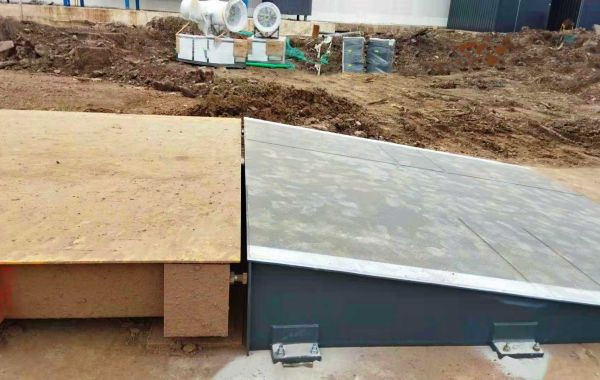Mechanical Issues:
- Load Cell Damage:Load cells are the core components of the weighing system. Damage from overloading, impact, or corrosion can lead to inaccurate readings.
- Pivot Wear and Tear:Moving parts in the weighing mechanism can wear down over time, affecting accuracy and stability.
- Structural Instability:Shifts in the foundation or supporting structure can cause the weighbridge to become uneven, leading to inaccurate measurements.
Environmental Factors:
- Temperature Fluctuations: Extreme temperatures can affect the performance of electronic components and the calibration of the system.
- Wind and Vibration:Strong winds or vibrations can cause slight movements of the vehicle on the weighbridge, leading to inconsistent readings.
- Moisture and Corrosion:Exposure to moisture can corrode electrical connections and damage load cells, impacting accuracy and reliability.
Calibration and Maintenance:
- Improper Calibration:Inaccurate or infrequent calibration can lead to significant errors in weight measurements.
- Lack of Regular Maintenance:Neglecting regular maintenance, such as cleaning and lubrication, can accelerate wear and tear and increase the risk of malfunctions.
Human Error:
- Operator Errors:Incorrect data entry, improper vehicle positioning, or distractions can lead to inaccurate weighing results.
- Tampering:Attempts to manipulate weight readings for fraudulent purposes can compromise the integrity of the weighing system.
I guess you might also want to read the article about Beyond the Scale: Exploring Weighbridge Applications, Varieties, and Processes.








